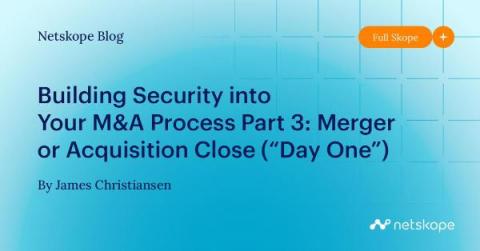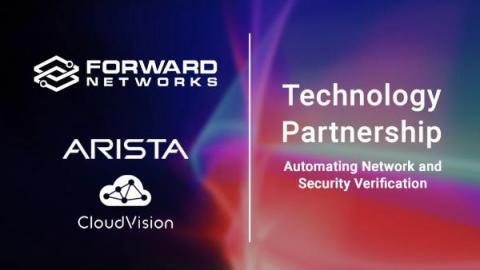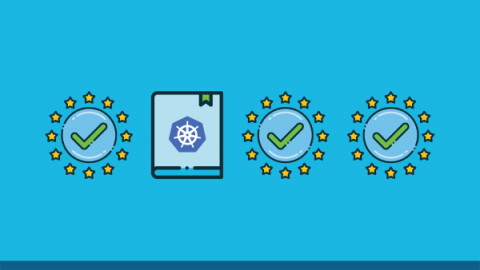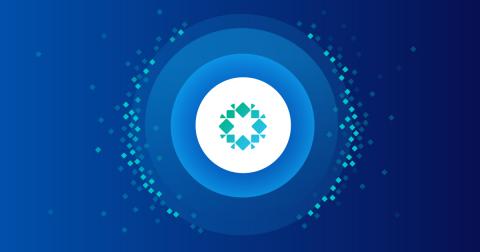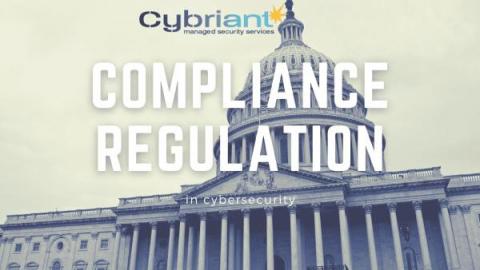Building Security into Your M&A Process Part 3: Merger or Acquisition Close ("Day One")
This is the third part of a four-part blog series covering each of the four phases of the merger & acquisition (M&A) process and how you can build security into each phase. In case you missed it, Part 1 covered the why it’s important to integrate security into the due diligence process in the first phase of M&A and Part 2 covered integration planning and public announcement.


